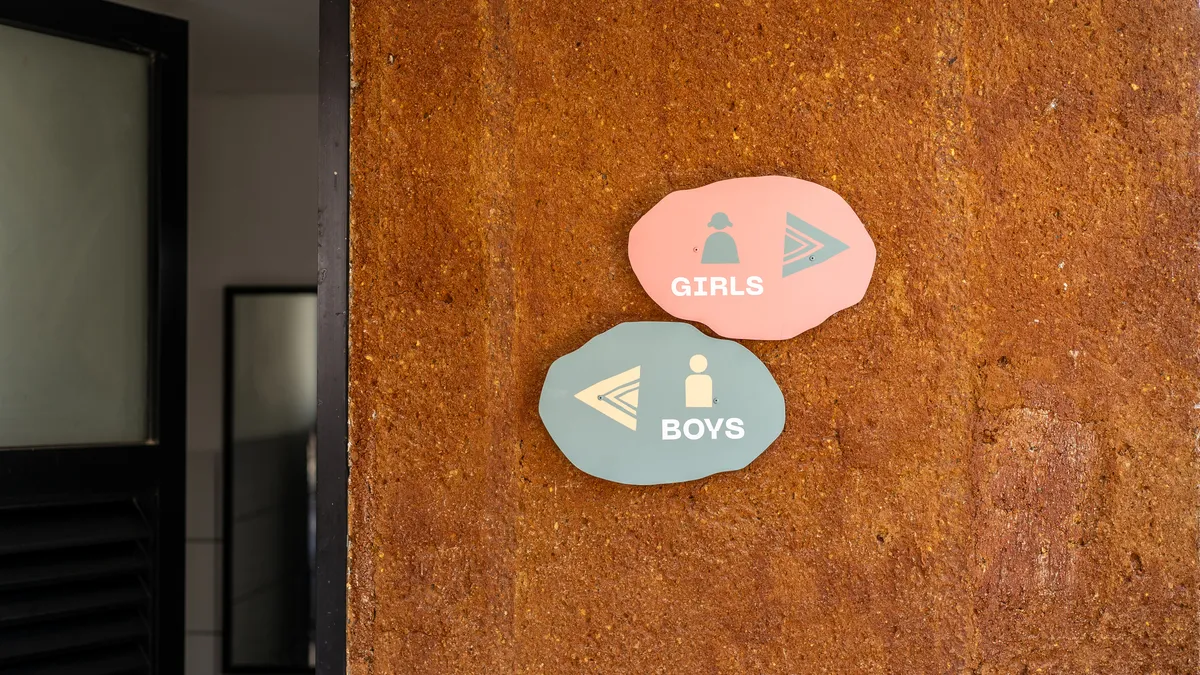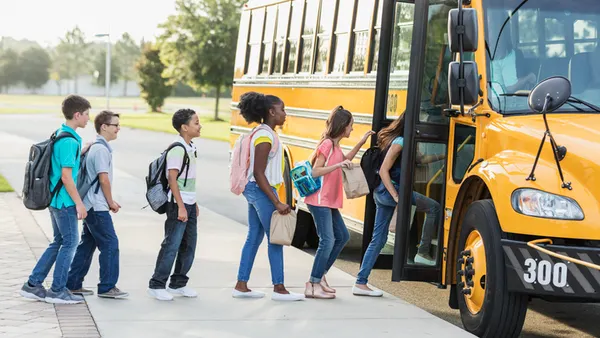Los Angeles Unified School District, the second largest in the nation, recently announced it would move away from a zero tolerance punishment plan. Henceforth, students caught participating in low level offenses, such as fighting or being found with marijuana or alcohol, will no longer be prosecuted by police but, rather, directed toward work with a school guidance counselor.
LAUSD is not alone in this decision: The choice to move away from zero tolerance punishments is one gaining traction nationally. This is especially the case following a slew of recent news articles pointing out inconsistencies in punishment based on race and links between school suspensions and criminal justice proceedings later in life. This connection is coined the school-to-prison pipeline and has been a major focus of organizations like the American Civil Liberties Union.
According to the ACLU, the school-to-prison pipeline is most likely to affect minority students. In the case of LAUSD, according to 2009-2010 school year data, there were 677,538 students enrolled in the school and less than 10% of the student population was white. This means the majority of the district was comprised of minority students that year. Compounding this fact are the suspension and expulsion rates. Data from that year shows that 22,086 Hispanic students were suspended (almost 5% of the total number enrolled), along with 8,411 black students (12.6% of the total number enrolled).
The ACLU contends that students with learning disabilities and/or those who come from situations reflecting poverty, abuse, and/or neglect are most commonly victims of the school-to-prison pipeline, which is ironic since these are students that would benefit from more support as opposed to punitive zero tolerance systems that "criminalize minor infractions."
The Council of State Governments Justice Center contends that students expelled or suspended for "a discretionary violation" are almost three times as likely to be in contact with the criminal justice system in the next year.
So what can schools do to move away from zero tolerance stances? What are some discipline options administrators looking to make the same move as LAUSD can consider? Let's take look at a March 2014 paper from the University of Indiana's Equity Project, "How Educators Can Eradicate Disparities in School Discipline: A Briefing Paper on School Based Interventions."
To avoid conflict to begin with, the paper suggests:
- Providing supportive relationships for all students
- Increasing academic rigor and holding all students to high expectations
- Making sure the teaching is culturally relevant and respectful of students' real lives
- Creating bias free classrooms where students feel included and comfortable
If conflicts do arise, the paper suggests that instead of relying on a simplified zero-tolerance response, schools should pursue more complicated and individualized responses.
Some tips:
- Asking what caused the conflict: It sounds obvious, but you'd be surprised how many teachers and administrators are quick to move directly to the punishment
- Utilizing a more problem-solving-oriented approach to the conflict: Instead of harping on what happened, take steps to proactively remedy the situation, figuring out what causes this behavior
- Making sure the student still feels like they have a voice — even when they're in trouble
This story is part of our newly expanding K12 coverage. If you would like to subscribe to the Education Dive: K12 newsletter, click here. You may also want to read Education Dive's look at 3 education myths that have been busted.





 Dive Awards
Dive Awards






